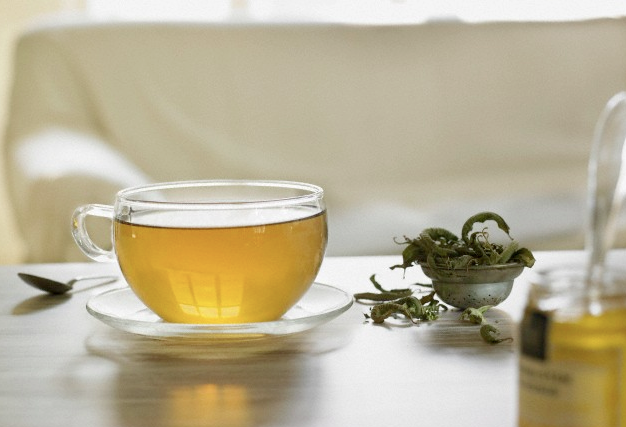
…understand the benefits of different choices, as well as the goals you’re trying to obtain. For example, vegetables are a good source of glutathione, which is essential for the detoxification of the liver pathway, and an excellent source of insoluble fiber, which is essential for colon health.
Here’s an easy A-Z guide that can help get you started:
Artichokes contain antioxidant plant compounds called caffeoylquinic acids, which are used to treat hepatic (liver) disorders because they stimulate bile flow. Bile helps the body to digest fats, and efficient bile flow clears the system of potentially inflammatory substances contained in fatty foods.
Avocado provides heart-healthy monounsaturated fatty acids and glutathione, a compound that blocks the absorption of certain fats by the intestines that cause oxidative damage AND is essential for liver pathway cleansing.
Beets are among the few edible plants that contain betalains, plant pigments that give some beets their deep red color and have powerful anti-inflammatory and fungicidal properties. Betalains promote cell structure, repair and regeneration, especially in the liver—the body’s primary detox center.
Broccoli is one of the cruciferous vegetables, which are named for their cross-shaped flowers and known for powerful antioxidant properties. Science has shown that a diet rich in cruciferous veggies reduces the risk of certain cancers. Other cruciferous vegetables include cabbage, cauliflower, Brussels sprouts and kale.
Collard greens increase bile acid binding, which makes it easier for bile to bind to large lipid molecules and pull them apart. Leftover bile acids are then excreted from the GI tract normally, taking leftover lipid molecules with them. Bile acid binding therefore helps to keep LDL “bad” cholesterol in check.
Dandelion root acts as a diuretic by increasing urine production.
Dill and fennel are plants rich in vitamins and anti-inflammatory chemicals. Dill contains chemicals that help with the activation of glutathione, a liver antioxidant that attaches to free radical molecules and disarms them. Fennel is rich in Vitamin C, which has antimicrobial and antioxidant properties. Fennel is also high in fiber but low in calories—an ideal cleanse food.
Green tea is richer in antioxidants than white, black, and oolong teas, even though they all come from the same plant. The caffeine in green tea also gives this energizing drink a diuretic effect, which helps to alleviate bloating by counteracting water retention.
Lemon, like all citrus fruits, is rich in antioxidant Vitamin C.
Milk thistle is one of the frequently researched plants in association with promoting liver detoxification. While more scientific inquiry is needed for firm recommendations, Milk thistle contains a mixture of polyphenolic compounds (plant protectors) that assist liver cells in removing toxins from healthy blood cells.
Onion and garlic are both members of the allium family of vegetables, which provide pungent flavors to foods. These plants contain flavonoids that stimulate the production of glutathione, one of the liver’s strongest antioxidants. As a result, onion and garlic have powerful anti-bacterial and immune-boosting properties.
Wheat grass is a vitamin and mineral-rich grass commonly served in powder or juice form. Wheat grass contains vitamins such as A, B, C and E and the minerals calcium, magnesium, potassium, iron. It also contains chlorophyll, which helps stimulate red blood cell production.
Yogurt that contains probiotics, which supplies healthy bacteria that fortify the GI tract’s natural flora, aiding digestion and boosting the body’s natural immunity.
